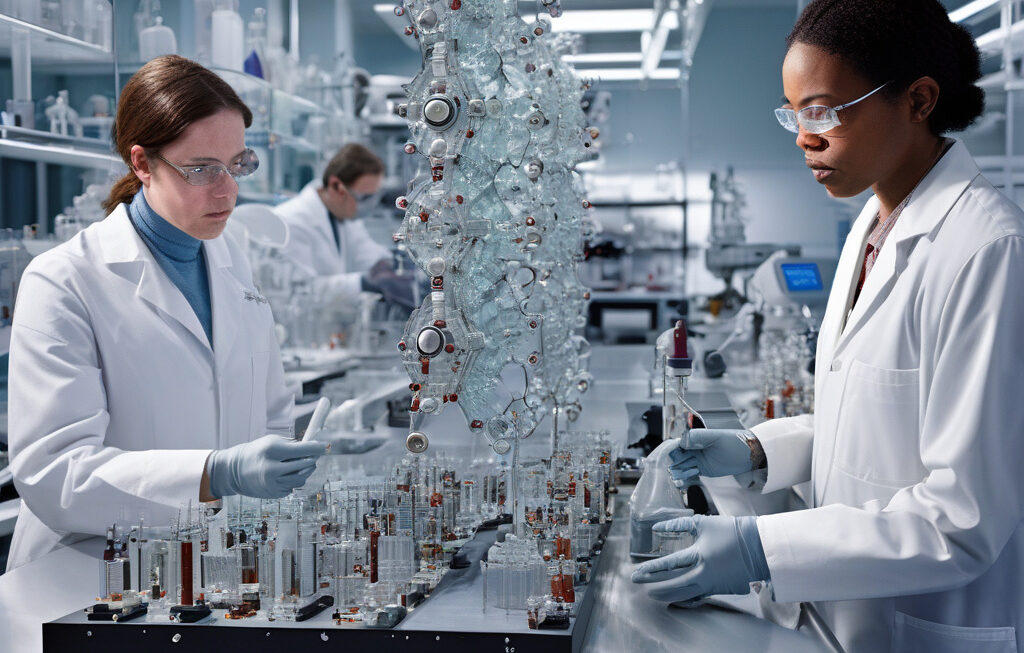Everyday indoor air may be laced with 68,000 toxic plastic particles, study warns
The air inside your home and car may be quietly filling your lungs with thousands of toxic plastic particles, according to a recent study. These invisible pollutants, measuring less than 0.0001mm, are so small that they can easily be inhaled deep into the lungs and enter the bloodstream, posing a significant health risk. The study, conducted by scientists from the UK’s University of Plymouth and the National Marine Aquarium, found that on average, individuals could be inhaling approximately 68,415 plastic particles every year.
Plastic pollution has been a growing concern globally, with a significant focus on the impact of large plastic items in oceans and landfills. However, the presence of microplastics in the air we breathe highlights a new dimension of the issue, one that is much closer to home. These particles come from a variety of sources, including synthetic fabrics, carpets, and even the breakdown of larger plastic items. As these materials degrade over time, they release microscopic particles that can remain suspended in the air for extended periods.
The health implications of inhaling these tiny plastic particles are alarming. Research has shown that microplastics can carry toxic chemicals and pollutants, which can be absorbed by the body upon inhalation. Once inhaled, these particles can trigger inflammation, oxidative stress, and potentially lead to more serious health conditions, such as respiratory diseases and even cancer. Furthermore, the long-term effects of regular exposure to plastic particles in the air are still not fully understood, raising concerns about the cumulative impact on human health.
So, what can be done to reduce our exposure to these harmful pollutants? While it may be challenging to completely eliminate microplastics from indoor environments, there are steps that individuals can take to minimize their risk. Investing in a high-quality air purifier with a HEPA filter can help trap tiny particles and improve indoor air quality. Additionally, reducing the use of plastic products, especially those that easily degrade into microplastics, can help limit the source of these pollutants.
Furthermore, supporting policies and initiatives that aim to reduce plastic pollution at its source is crucial in addressing the issue on a larger scale. By advocating for sustainable practices and regulations that promote the responsible use and disposal of plastic materials, we can work towards creating a healthier environment for current and future generations.
In conclusion, the presence of 68,000 toxic plastic particles in everyday indoor air serves as a stark reminder of the pervasive nature of plastic pollution. As we continue to uncover the hidden risks associated with microplastics, it is essential to take proactive steps to protect ourselves and our loved ones from the potential health impacts. By raising awareness, implementing practical solutions, and advocating for change, we can strive towards a cleaner, safer future for all.
airpollution, microplastics, healthrisks, indoorairquality, plasticpollution












